

When was the last time you enjoyed a family baking session? 1st-7th December 2014 is Wallace & Gromit’s Big Bake week so it seemed like a good excuse to talk about the benefits of baking with children.
As well as a chance to spend some quality time together and enjoy a sense of shared achievement, baking with children can help to build their self confidence and has numerous additional benefits.
Maths and science
Counting and measuring ingredients puts maths skills to use in a meaningful and practical way. Get a real hands-on science experience by making observations and predicting change.
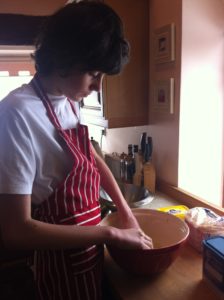
Reading & sequencing
Practice reading skills, learn new vocabulary and don’t forget to follow the steps of the recipe in the correct order!
Listening & speaking
Talk about what utensils and ingredients you need to prepare before you begin.
Discuss what might happen if you missed out an ingredient or step of the recipe.
Involve the child in making choices about decoration or variations.
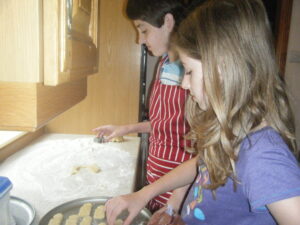
Full sensory experience
Children use their senses to learn more about the world around them.
Touch – feel the difference in textures of ingredients
Sight – does it looked baked yet?
Hearing – listening and discussing
Smell – there’ll hopefully be some wonderful aromas to enjoy
Taste – enjoy the fruits of your labour and appreciate that wonderful home-baked flavour!
Fine motor practice
Rubbing a mixture into breadcrumbs or using cookie cutters can develop the strength children need in their fingers to help with writing skills and self care issues.
Let’s get messy!
I often use baking to engage with my autistic son.
His current interest is Eddie Stobart lorries so a lorry cookie cutter and green food colouring were all we needed to turn our favourite cookie dough into the iconic lorries!
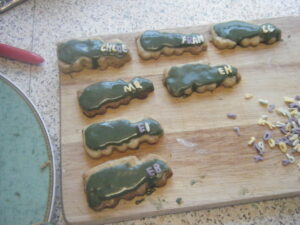
On other occasions I’ve used his obsession with numbers to encourage him to get involved in making number-shaped biscuits.
Need some inspiration?
There are so many free recipes and resources on the web these days – check out Jamie Oliver and Baking Mad for some of our favourites.
And finally……
Remember to praise them for their culinary achievements and don’t forget to encourage them to help you wash up afterwards!


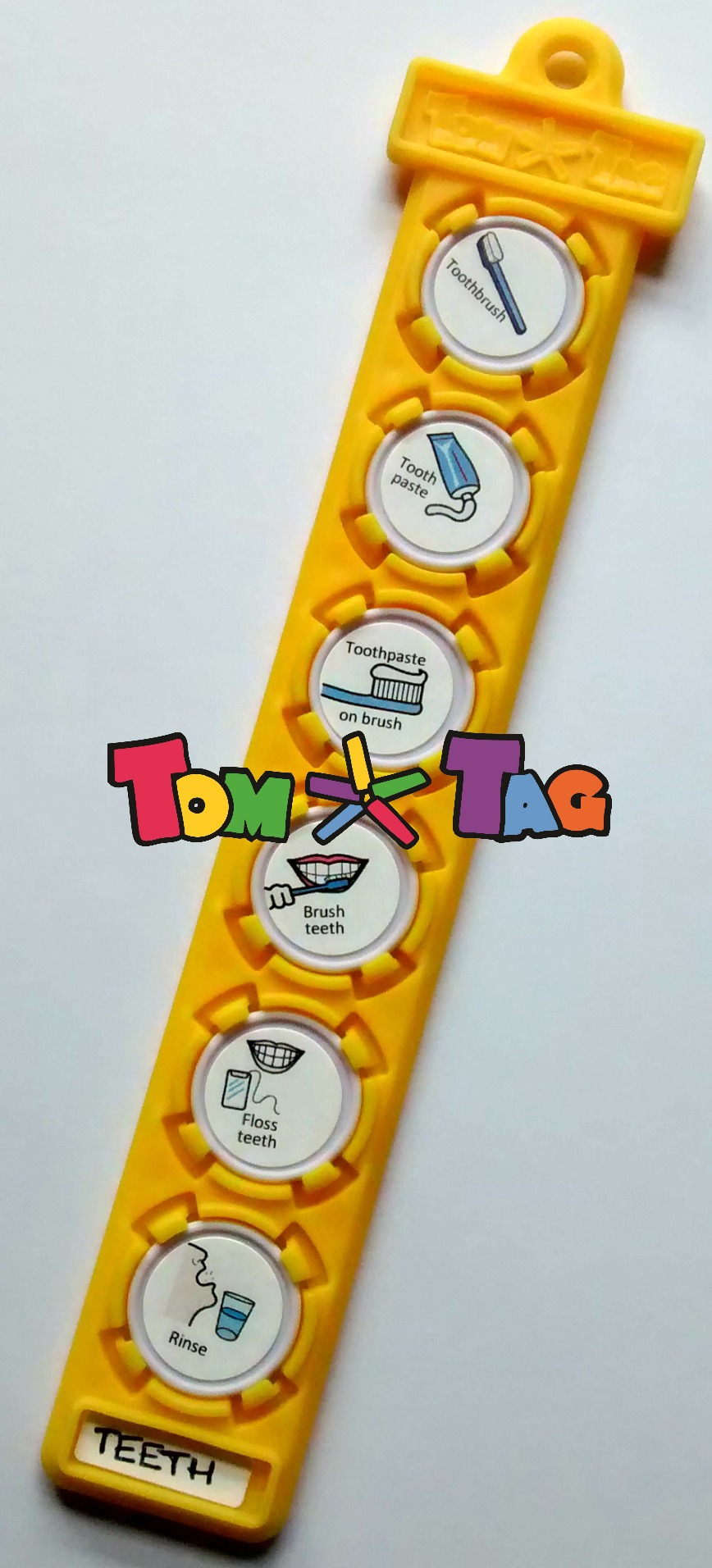
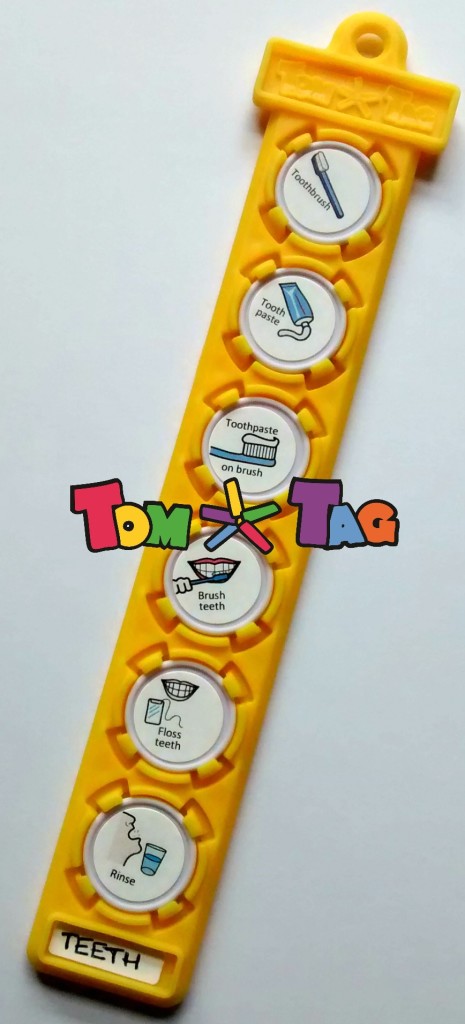





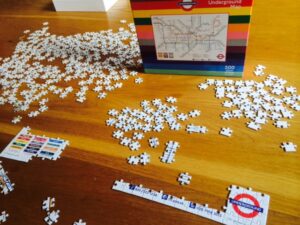
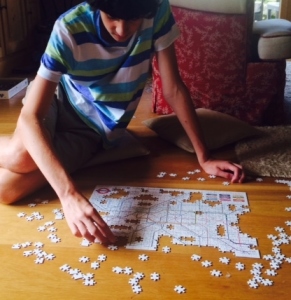

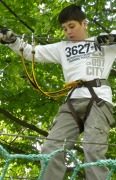
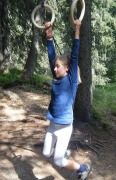



 October events
October events